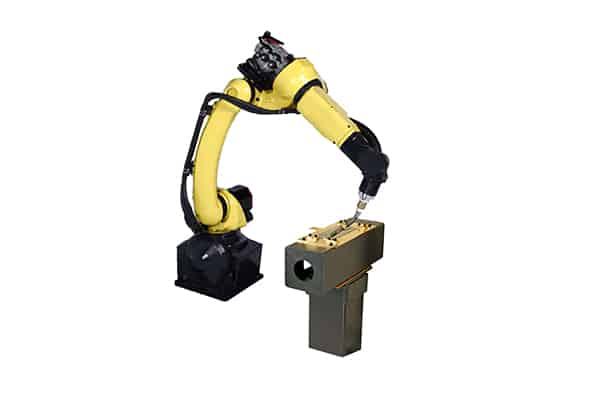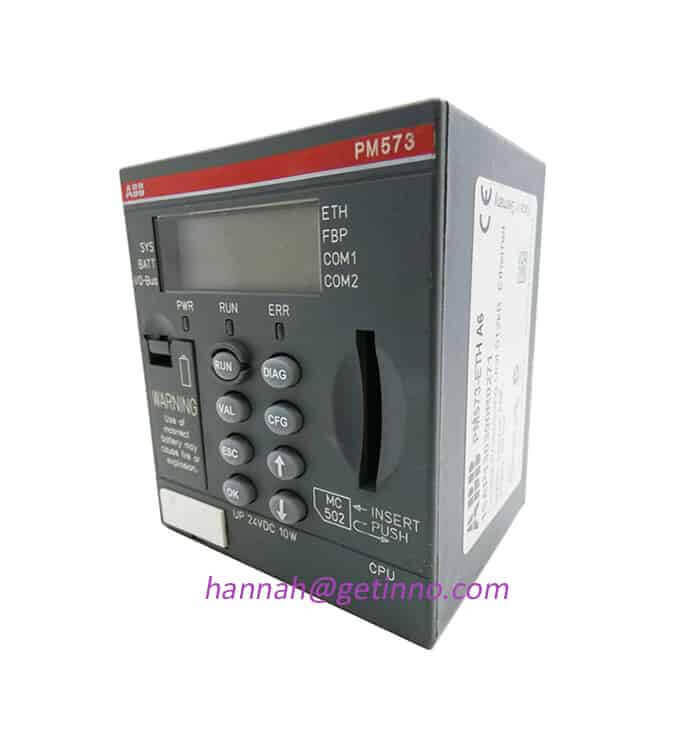Applications of Industry Robot
Typical applications of industrial robots include welding, painting, assembly, picking and placing (e.g. packaging, palletizing and SMT), product inspection and testing, etc.; all work done with permanence, persistence, speed and accuracy.
In the Americas, industrial robots are widely used, among which the automobile and auto parts manufacturing industry is the main application field. In 2012, the demand for industrial robots in these two industries in the Americas accounted for 61% of the total share.

In Asia, the time is ripe for large-scale application of industrial robots. The demand of the automobile industry continues to grow rapidly, the demand of the food industry has also increased, and the electronics industry is the industry with the fastest application of industrial robots. The industrial robot industry is becoming one of the strategic emerging industries supported by the financial support of Asian governments.
The curtain of the industrial robot market has been opened, the demand of the world robot market is about to enter the eruption period, the potential huge market demand for machinery and equipment production in China has begun to emerge, and the investment prospect of industrial robots entering the machine tool industry can be expected.
Industrial robots can replace increasingly expensive labor while improving work efficiency and product quality. Foxconn robots can undertake the assembly tasks of precision parts in the production line, and can replace manual work in poor working environments such as spraying, welding, and assembly. They can also be combined with CNC ultra-precision iron beds and other working machines for mold processing and production to improve production efficiency and replace parts. unskilled workers.
The use of industrial robots can reduce the scrap rate and product cost, improve the utilization rate of machine tools, and reduce the risk of defective parts caused by workers’ misuse. Loss, speed up technological innovation, improve corporate competitiveness, etc. Robots have the ability to perform various tasks, especially high-risk tasks, with an average failure interval of more than 60,000 hours, which is more efficient than traditional automation processes.
In developed countries, complete sets of equipment for industrial robot automation production lines have become the mainstream of automation equipment and the future development direction. Foreign automobile industry, electronic and electrical industry, construction machinery and other industries have widely used industrial robot automated production lines to ensure product quality and productivity. At present, the typical complete sets of equipment include large-scale car shell stamping automation system technology and complete equipment, large-scale robot car body welding automation system technology and complete equipment, electronic appliances and other robotic flexible automation systems.
Links: 3BSE076939R1 3HAC046686-001
Pre: The Development of Global Industry Robot Next: Delta Green Building +1! New EMEA off...




